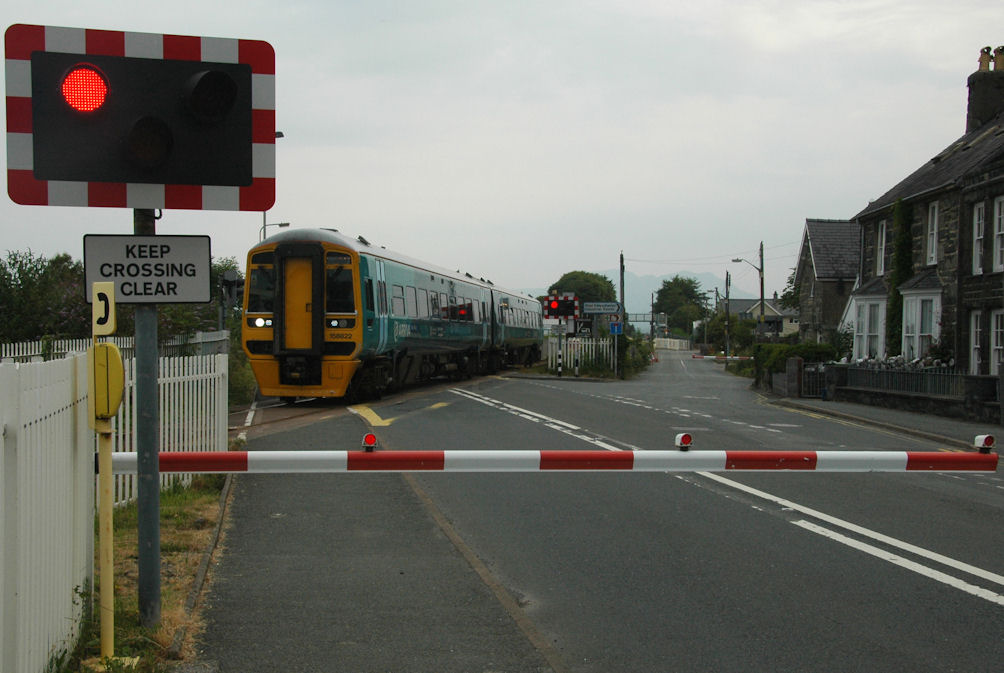Researchers at the University of Huddersfield’s Institute of Railway Research (IRR) in West Yorkshire, England have concluded that wireless sensors at level crossings could improve safety while reducing costs. After testing at the university’s rail research labs, the DfT-funded project established that networks of inexpensive track sensors could be powered by vibrations from approaching trains.

Image source: Wikipedia.
According to the IRR, this technology is already in place throughout the oil and gas industry, and has also been used in some safety-critical applications such as medical devices.
The new level crossing system is envisioned to have inbuilt fail-safety due to the multiple nodes that would be on the networks, with damaged sensors being bypassed to create new routes for the data to travel. According to the IRR’s professor in railway safety, Dr. Coen Van Gulijk, the fail-safe mechanisms for existing systems make them costly and a hassle to install.
“These detectors are expensive because they are made to be fail-safe,” Van Gulijk said. “But we have shown that we can use many cheap sensors and still guarantee fail-safety.” If one sensor were to fail, the others would communicate to create another network, essentially creating another route for the information to travel.
Van Gulijk and his team believe the savings could be tremendous. They’ve stated that some of the safety systems for the UK’s 6,600 gazetted level crossing cost as much as £500,000 ($653,950), with many requiring high maintenance costs. On the other hand, a wireless network in a similar location could cost about £20,000 ($26,158).
Better yet, the sensors could be installed quickly, with no wiring vulnerable to theft or disruption by wildlife. There would also be the added benefit of monitoring track conditions.
Currently, the IRR is seeking industrial partners to bring the technology to market.
Source: The Engineer
Advertisement
Learn more about Electronic Products Magazine





